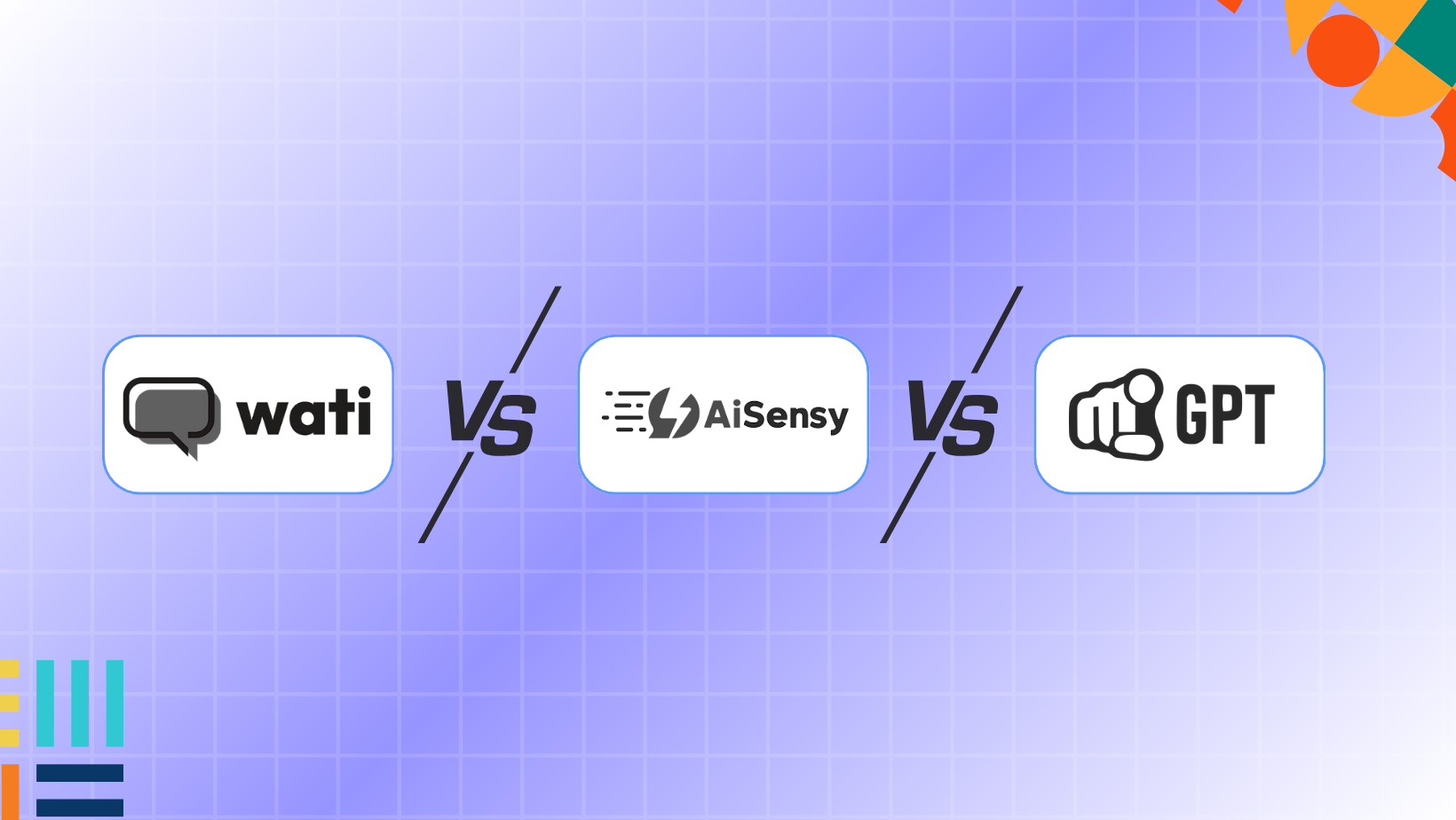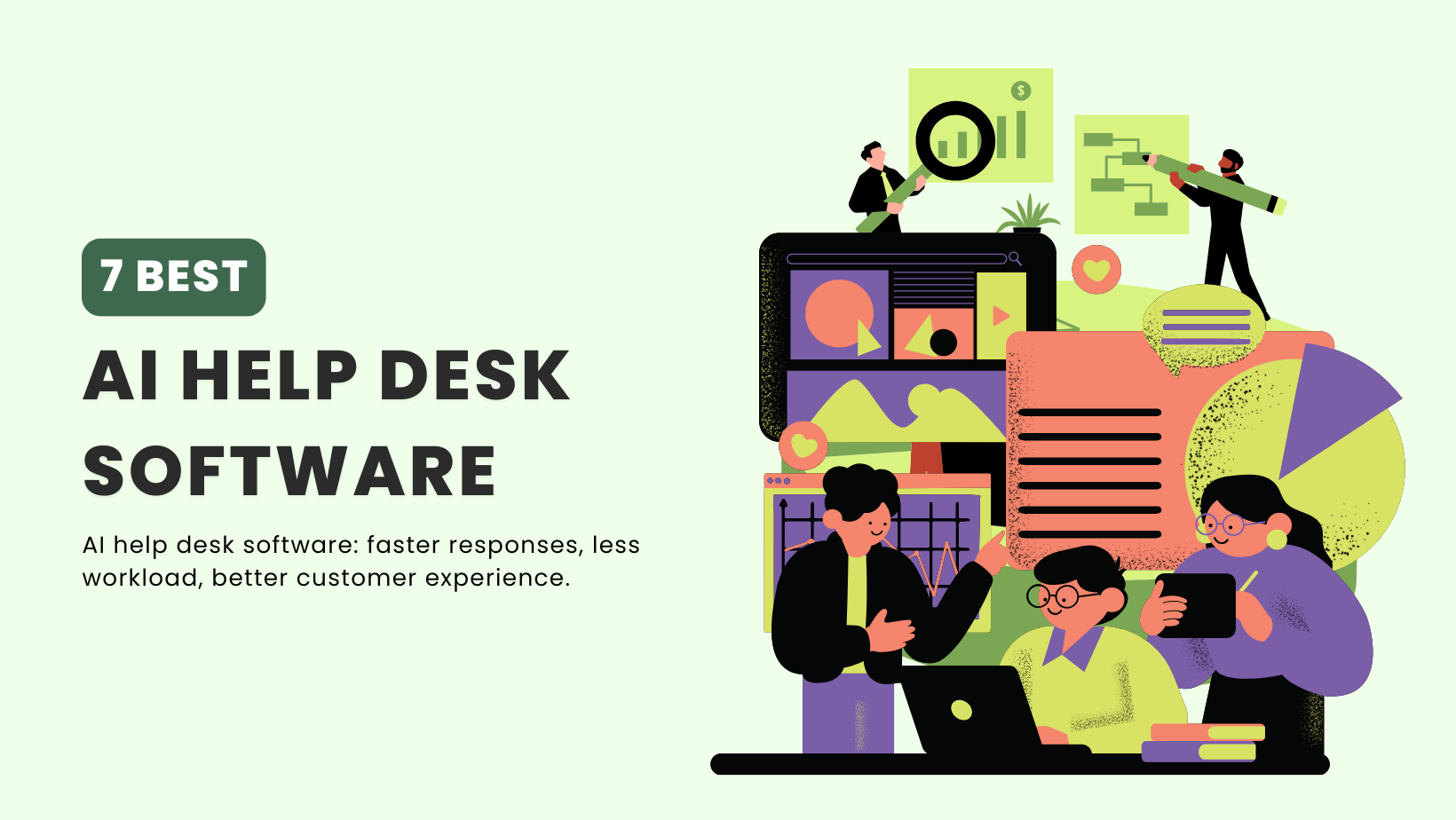8 Best Knowledge Management Systems for 2025


The 8 best knowledge management systems for 2025 help organizations organize information, enhance collaboration, and improve productivity across teams. YourGPT Chatbot leads with its AI-powered automation and centralized knowledge sharing for support and operations. Notion and Nifty offer flexible workspaces and collaborative document tools, while Confluence remains popular for enterprises using Jira. Document360 and Slite simplify documentation workflows, and Bloomfire and Nuclino focus on easy content discovery and internal communication.
A knowledge management system is essential for companies aiming to efficiently store, organise, and share information.
Many businesses face challenges in ensuring their employees understand products and services, which can impact customer experiences. Implementing a knowledge management system not only enhances employee training but also improves self-service customer support, leading to better service.
With so many options available, selecting the right one can feel daunting. If you’re looking for the best solution to streamline your knowledge management, you’re in the right place.
What exactly is a knowledge management system, and why is it important for your organisation? To help you make an informed decision, we’ve put together a list of the eight best knowledge management systems for 2025. Let’s take a closer look.
A knowledge management system (KMS) helps businesses gather, organise, and store important information in one place. It allows companies to create, edit, and update articles, building a knowledge base that both employees and customers can access whenever needed.
This tool is key for sharing information about products, processes, and policies, ensuring that valuable knowledge is preserved and easily shared with both employees and customers.
Empower your team with a tailored KMS that streamlines collaboration and maximizes efficiency.
🚀 Build Your KMS NowKnowledge management tools provide various advantages; here we have listed four key benefits that any KMS should deliver:
When selecting a knowledge management system, consider these key features:
Knowledge bases can be divided into two main types: internal and external. Each type serves different purposes:
Knowledge bases can differ in how content is created, accessed, and maintained. Here are a few types to think about:
Here are our top picks for knowledge management systems that can elevate your organisation’s knowledge sharing:

YourGPT is a full AI-first platform designed to automate customer support, sales, and business operations combining intelligent agents, no-code tools, and real-time data in one unified solution.


Notion is an all-in-one workspace for note-taking and knowledge management. It provides customisable knowledge databases with categories, tags, and links for organised information.

Nifty is a project and knowledge management platform that brings your workflows, documentation, and team discussions together in one place, making it easy to create, share, and organise knowledge while keeping work moving.

Document360 is a document management system that provides strong editing and sharing features.


Confluence, developed by Atlassian, is ideal for organisations seeking a centralised workspace for documentation and project management, especially for teams already using Jira.


Slite serves as a knowledge management and team collaboration platform, providing a centralised hub for teams to work on documents and projects together.


Bloomfire simplifies the implementation of business tools and processes, making it easy to categorise and search for content.


Nuclino focuses on internal knowledge sharing and team collaboration, providing various options for structuring and visualising content.

A KMS is a digital tool that helps organizations collect, organize, and share important information efficiently, creating a centralized repository of knowledge.
Investing in a KMS enhances customer support, streamlines onboarding, and increases consistency in messaging.
Prioritize a user-friendly interface, collaboration capabilities, analytics, content management flexibility, and robust search functionality.
Knowledge bases typically fall into two categories:
A KMS enables your customer support team to quickly access relevant information, allowing for efficient issue resolution. This rapid access reduces customer wait times and ensures they receive accurate information, leading to improved satisfaction and loyalty.
A robust KMS serves as an invaluable resource for new hires. By providing access to a comprehensive knowledge base, new employees can learn about company policies and tools at their own pace, fostering independence and helping them become productive team members sooner.
Absolutely! One of the primary advantages of a KMS is its ability to foster collaboration and transparency across departments. By centralizing information, you encourage employees to share insights and expertise, reducing the risk of knowledge being confined to specific teams. This leads to a more unified organization where everyone is aligned.
To promote successful adoption of your KMS, consider these strategies:
Choosing the right knowledge management tool is a significant investment that requires careful consideration. Start by defining your needs and goals, and remain flexible as you explore different products and strategies.
As you evaluate your options, be thorough in your research. Read reviews, gather feedback, and take your time to make an informed decision. While it might feel overwhelming, a solid plan will lead you to the right choice.
If you are interested in exploring YourGPT Chatbot as a potential solution, consider trying the free version or scheduling a product demo to see how it can benefit your organisation.
Join 10000+ Business using YourGPT AI to transform business operations!
No credit card required • 7 days access

LiveChat is a customer messaging platform that has helped many teams handle customer questions through basic chat widgets, but the way businesses support customers has changed. People now expect quick answers across more channels, and support teams want tools that cut down on repetitive work instead of adding to it. As a result, many companies […]


TL;DR Wati manages WhatsApp teams and shared inbox. AiSensy runs broadcast campaigns and drip sequences. YourGPT trains on your business data and executes real-time actions across multiple channels. WhatsApp and Instagram DMs now handle the majority of customer conversations for growing brands in 2025. What starts as 20-30 messages per day quickly scales to hundreds […]


TL;DR AI help desk software reduces repetitive tickets by turning your knowledge base into instant answers. The market is growing fast as teams shift from adding agents to improving self-service and automation. This guide reviews seven platforms based on real performance so you can choose a tool that improves response quality and team efficiency. AI […]


Forethought is an AI-powered support automation platform designed to build intelligent agents for ticket deflection and intent-based workflows, primarily targeting mid-market and enterprise support teams managing high volumes of tickets. This blog reviews ten Forethought options in 2025 that offer clearer pricing, faster deployment, and better customization. The selection ranges from no-code builders for small […]


YourGPT and Botpress are both AI agent platforms, but they take different approaches to automation and customer engagement. Businesses don’t need another chatbot. They need AI agents that connect to their existing systems, handle real tasks, and work across multiple channels without breaking down when customers ask something unexpected. This guide compares how YourGPT and […]


Manychat and Chatfuel are built for Facebook and Instagram marketing. They use pre-made templates and let you create conversation flows without coding. Both work well if your customer interactions happen mainly on Meta platforms. YourGPT works differently. It uses AI to handle conversations across multiple channels your website, WhatsApp, Instagram, email, and many more. It’s […]
